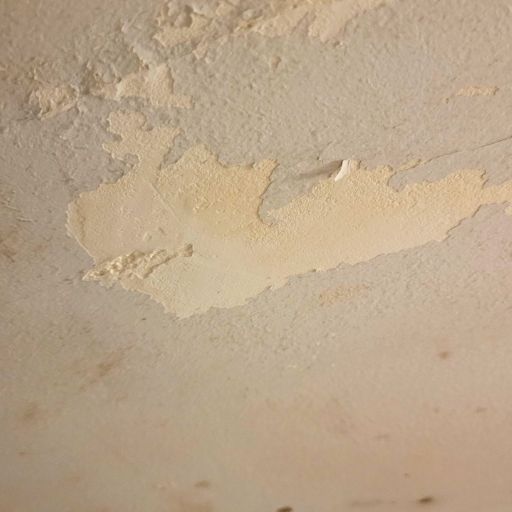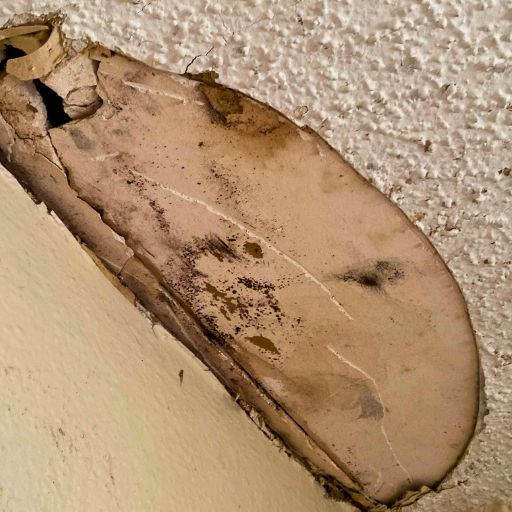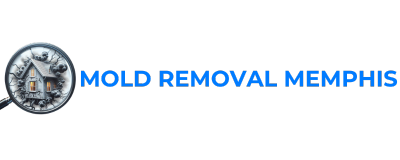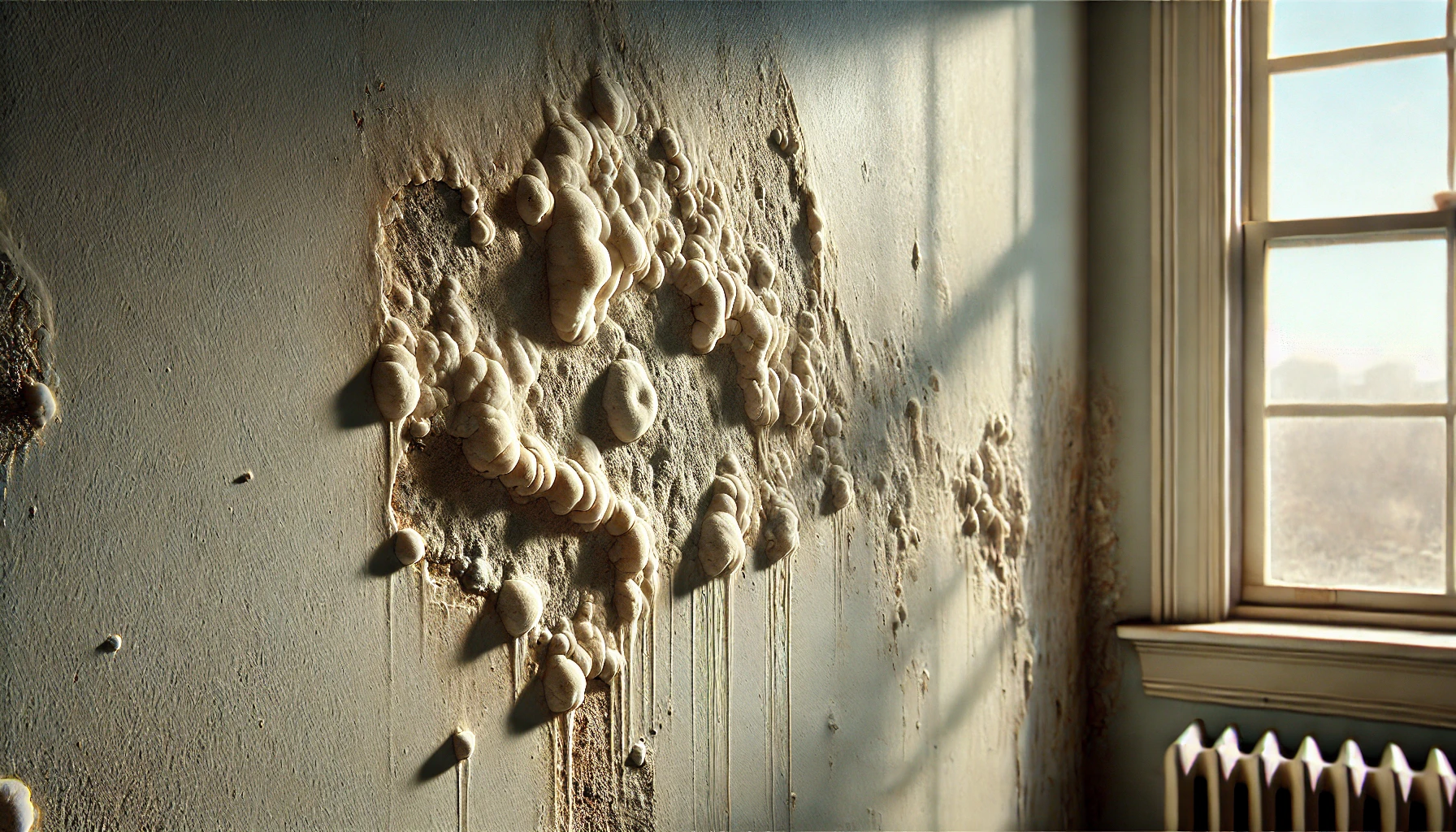Mold Under Painted Wall: Signs And Removal Tips Without Damaging Paint
TL;DR: Mold under painted walls can appear as discoloration, bubbling, or peeling paint, often with a musty odor. It’s typically caused by excess moisture or poor ventilation. To address this, clean the affected area using a bleach and water solution (up to 50% mixture) applied with a cotton towel. For porous surfaces, use specialized mold removers like HG Mould Spray or Polycell Mould Remover. After cleaning, allow walls to dry for at least a day before repainting with mold-resistant paint. Leave the bleach solution on for about 15 minutes before rinsing. Alternatively, use hydrogen peroxide to test for mold presence. Bubbling indicates mold. For severe cases, remove the affected drywall. Never paint directly over mold. Use a mold-killing primer like Zinsser before applying mold-resistant paint such as Zinsser Perma-White or Dulux Bathroom+. These can provide up to 7 years of mold resistance. A 2.5L container is sufficient for a couple of coats on large walls, and a 10L option is available for comprehensive coverage. Improve ventilation with exhaust fans or dehumidifiers capable of extracting several liters of moisture daily.
Mold growth under painted surfaces is a common issue for many property owners. Bathroom ceilings are particularly prone to recurring mold, even after treatment with cleaning agents. The issue can also extend to sealed paint containers, where mold spores may develop.
Many people try different methods to address mold, such as using vinegar or increasing air circulation with dehumidifiers. However, these approaches often prove ineffective against persistent mold growth. In rental situations, tenants may face additional challenges when property managers don’t adequately address their concerns about mold.
Mold under painted walls can manifest in several ways. You might notice paint bubbling, flaking, or a lingering musty smell. These signs indicate more than just a cosmetic issue; mold growth can potentially impact indoor air quality and health.
In this guide, we will explore the causes and solutions for mold growth beneath painted wall and ceiling. We’ll also explain how you can remove mold under painted walls without damaging paint.
What Does Mold Under Paint Look Like?
Mold can often be found beneath painted surfaces, showing up as unusual discoloration, peeling, or a bubbly and flaky look. These fungal growths create visible marks, such as small blisters or pitted holes in the paint.

When these blisters are opened, you might see a brown, dirt-like substance, which suggests microbial activity. Sometimes, the affected area may have an orange tint or other unusual colors, indicating moisture-loving microorganisms are present. Fresh paint doesn’t start peeling off the wall unless something like mold is preventing it from adhering to the wall.

Additionally, the paint may start to separate, leading to a “fish eye” effect due to contamination. Efflorescence, which is often confused with mold, appears as a whitish, powdery substance on painted surfaces, especially in damp areas. In places like bathrooms and kitchens, black spots or patches under the paint are common signs of fungal growth. The paint may chip or flake easily, revealing darker areas underneath that could be contaminated.
A musty, damp smell often accompanies these visual signs, indicating hidden microbial growth. However, it’s important to remember that not all discoloration under paint is mold. Some cases may result from mineral deposits or other non-biological causes. Still, any suspicious markings, particularly in areas prone to humidity or water damage, should be inspected carefully.
Why Does Mold Grow Under Painted Wall?
Mold grows under painted walls primarily due to persistent moisture and poor ventilation, which create an ideal environment for mold to thrive. When moisture penetrates the wall, either through leaks, condensation, or high humidity, it becomes trapped beneath the paint layer. This trapped moisture provides a breeding ground for mold, which can then grow and spread beneath the paint surface. The use of non-porous paints, such as oil-based or silk paints, can exacerbate the problem by preventing the wall from “breathing” and allowing moisture to escape.
Several factors contribute to the presence of mold under paint. High humidity levels, especially in top-floor flats or bathrooms with inadequate ventilation, are common culprits. For example, keeping bathroom windows closed or failing to use exhaust fans can lead to condensation, which in turn fosters mold growth. Additionally, external moisture sources, such as rain seeping through open windows, can also lead to mold development behind painted walls.
A study was conducted by the Norwegian Institute of Wood Technology to see how different types of paint affect mold growth on wooden surfaces outside. The researchers used six types of paint with different textures: shiny, dull, soft, hard, water-repellent, and a paint with tiny air bubbles. They also tested a regular paint with and without a mold-killing chemical. These paints were applied to panels of Norway spruce wood and left outside for nearly three years.
The study found that some paints were better at preventing mold than others. The hard paint had the most mold growth, similar to the regular paint without the mold-killing chemical. On the other hand, the soft paint had the least mold growth, making it the best at resisting mold. The researchers noticed that temperature, humidity, and rain did not have a big impact on mold growth in this case.
The study also showed that the texture of the paint matters. Rough or cracked surfaces tend to hold more moisture and dirt, which helps mold grow. Smooth surfaces did not have as much mold. This means that the way the paint is made, including its texture, plays a big role in whether mold will grow on it.
How Do You Remove Mold That Has Been Painted Over?
Here is how you can get rid of mold under paint without damaging the paint:
Step 1: Identify The Mold Issue
The first step is to assess the extent of the mold problem. Look for signs of mold, such as discoloration, peeling paint, musty odors, or blistering on the painted surface. Conduct a simple test by spraying hydrogen peroxide on the affected area. If it bubbles, it likely indicates the presence of mold.
Determine the root cause of the mold growth, which may be due to factors such as excess moisture, poor ventilation, or water leaks.
Step 2: Prepare The Surface
Begin by safely removing any loose or flaking paint from the affected area using a putty knife or scraper. Be cautious, as disturbing the mold can release spores into the air. Wear appropriate personal protective equipment, such as goggles, gloves, and a respirator, to minimize exposure.
If the mold has penetrated the drywall or is present on the backside of the drywall, it may be necessary to cut an inspection hole to assess the extent of the damage. In severe cases, the affected drywall may need to be replaced with mold-resistant materials.
Step 3: Clean The Mold
There are several effective cleaning solutions for removing mold from painted surfaces:
| Cleaning Solution | Application |
|---|---|
| Bleach and Water | Mix a solution of up to 50% bleach and water. Apply with a cotton towel, let sit for 15 minutes, then rinse. |
| Vinegar | Use undiluted white vinegar to scrub the affected area. Vinegar is a safer alternative to bleach. |
| Commercial Mold Cleaners | Off-the-shelf mold removal products designed for painted surfaces can be effective for minor mold cases. |
| Hydrogen Peroxide | Spray hydrogen peroxide on the affected area to confirm the presence of mold through bubbling. |
Ensure thorough cleaning and removal of all visible mold. Allow the surface to dry completely before proceeding.
Step 4: Address Underlying Moisture Issues
Identify and resolve the root cause of the moisture problem that led to the mold growth, such as leaks, high humidity, or poor ventilation. This may involve making structural or environmental changes, such as:
- Improving airflow and ventilation in the affected room
- Addressing any leaks or sources of excess moisture
- Considering the installation of a dehumidifier or exhaust fan
- Sealing any drafts or cold spots that may be causing condensation
Step 5: Prime And Repaint
Once the surface is clean and dry, apply a mold-resistant primer to the affected area. This type of primer, such as Zinsser Mold Killing Primer or Kilz, helps kill any remaining mold spores and prevent future growth.
After the primer has dried, apply a high-quality, mold-resistant paint, such as Dulux Bathroom+, Zinsser Perma-White, or Sherwin-Williams Paint Shield. These specialized paints are formulated to inhibit mold and mildew growth, even in high-moisture environments.
Step 6: Monitor And Maintain
Regularly inspect the repainted area for any signs of mold recurrence. If the mold returns, it may be necessary to repeat the cleaning and repainting process. Maintain good ventilation, address any moisture sources, and consider using mold-resistant paints for any future painting projects in the affected area.
Does Painting Over Mold Kill It?
No, painting over mold does not eliminate it. If you paint over mold, it allows mold to persist and spread beneath the paint. Mold can penetrate through the paint layer, eventually resurfacing and continuing to grow as long as the underlying moisture problem is not addressed.
Mold is a living organism that requires thorough treatment beyond surface-level solutions. Painting over mold does not tackle the moisture source that enables mold growth, allowing the problem to persist and cause further damage over time.
Mold must be physically removed before any painting can occur. This involves cleaning the affected area with mold-killing solutions. Bleach is often discouraged because it can evaporate quickly and may not kill mold spores, especially on porous surfaces like drywall or wood. Instead, EPA-approved mold-killing products or vinegar solutions are recommended. In cases where mold has deeply penetrated materials, it may be necessary to remove and replace these materials entirely, such as cutting out and replacing drywall.
Struggling With Mold Under Paint? Let The Professionals Handle It
Mold growth beneath painted surfaces is a hidden danger that can affect your home’s structure and your health. While DIY solutions might seem tempting, they often fail to address the root causes, leading to recurring issues. At Mold Removal Memphis, we provide expert services to thoroughly remove mold and prevent its return, ensuring your home remains safe and healthy. Contact us today at (901) 250-0431 to schedule an inspection and let our professionals handle the problem for good.

